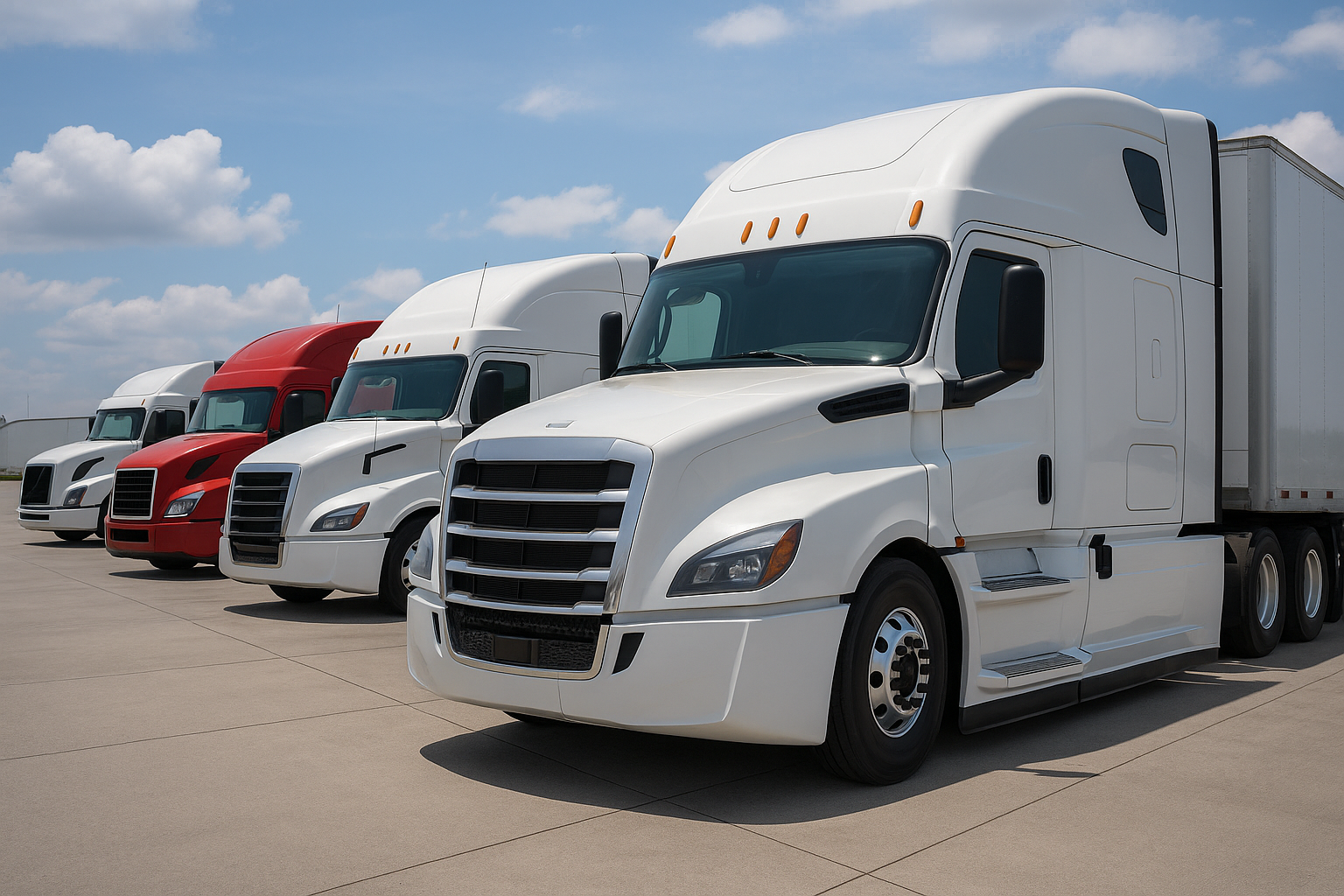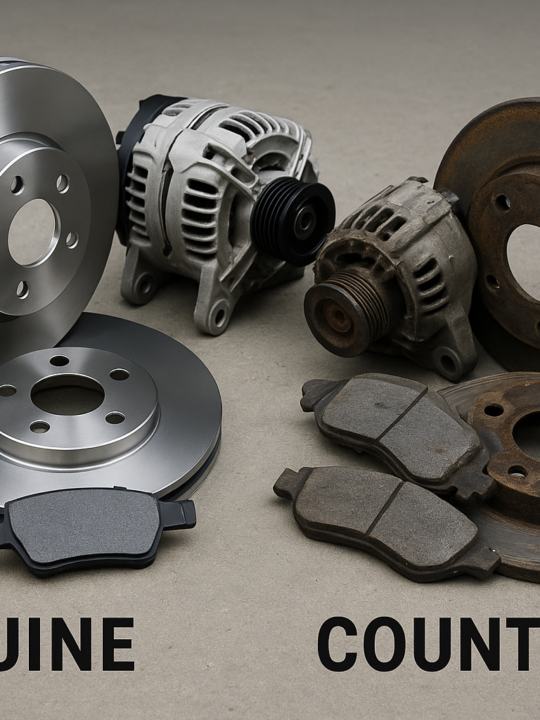The heavy-duty truck market is rapidly evolving due to technological advancements, industry demands, and a focus on efficiency and durability. Manufacturers are introducing versatile models to balance performance with productivity, enabling smarter, future-ready choices.
Emerging trends in heavy-duty truck purchasing, including sustainability, automation, and market-driven dynamics, are transforming business selection and utilization, requiring smarter investments for long-term success. Whether acquiring new or used pickup trucks Houston dealers offer, the current trends underscore the importance of flexibility and strategic planning in fleet management. Truck technology advancements are transforming fleet composition and operating costs, creating new opportunities for businesses to adapt their acquisition and renewal approaches, including those in regional or urban logistics.
Table of Contents
Electric and Alternative Fuel Trucks
Heavy-duty trucks are increasingly equipped with advanced driver-assistance systems, such as lane-keeping assistance, automatic emergency braking, blind-spot detection, and adaptive cruise control, to enhance safety and efficiency. These technologies reduce human error, road accidents, and operator compliance with federal safety regulations. As logistics companies face rising insurance premiums and liability costs, investing in ADAS-equipped vehicles is essential.
Advanced Driver-Assistance Systems (ADAS)
Heavy-duty trucks are increasingly equipped with advanced driver-assistance systems, such as lane-keeping assistance, automatic emergency braking, blind-spot detection, and adaptive cruise control, to enhance safety and efficiency. These technologies reduce human error, road accidents, and operator compliance with federal safety regulations. As logistics companies face rising insurance premiums and liability costs, investing in ADAS-equipped vehicles is essential.
Connectivity and Telematics
Trucks are increasingly connected due to the use of telematics and IoT devices. These technologies provide real-time monitoring of engine health, fuel efficiency, location, and driver behavior, enabling fleet managers to optimize routes, schedule maintenance, and reduce fuel consumption. This connectivity also aids in compliance, reducing administrative burden and the risk of costly violations. The global telematics market is expected to reach $9.0 billion.
Autonomous Driving Technologies
Autonomous trucking is gaining attention from industry leaders and the public, with major manufacturers and tech firms piloting semi-autonomous features like platooning, advanced lane-keeping, and automated braking. These systems reduce driver fatigue and accident rates while laying the groundwork for a fully autonomous future in logistics. The benefits include lower operating costs, enhanced logistical flexibility, and mitigating driver shortages.
Market Dynamics
Supply chain changes, regulatory changes, and economic trends influence the heavy-duty truck market. The Environmental Protection Agency’s new emissions standards drive technological innovation and competitiveness. The shortage of experienced drivers and e-commerce demands push companies to optimize vehicle mix and reduce downtime. Buyers must consider regulatory costs and operational advantages when making investment decisions. Staying informed helps select vehicles that align with operational objectives and enhance fleet performance.








